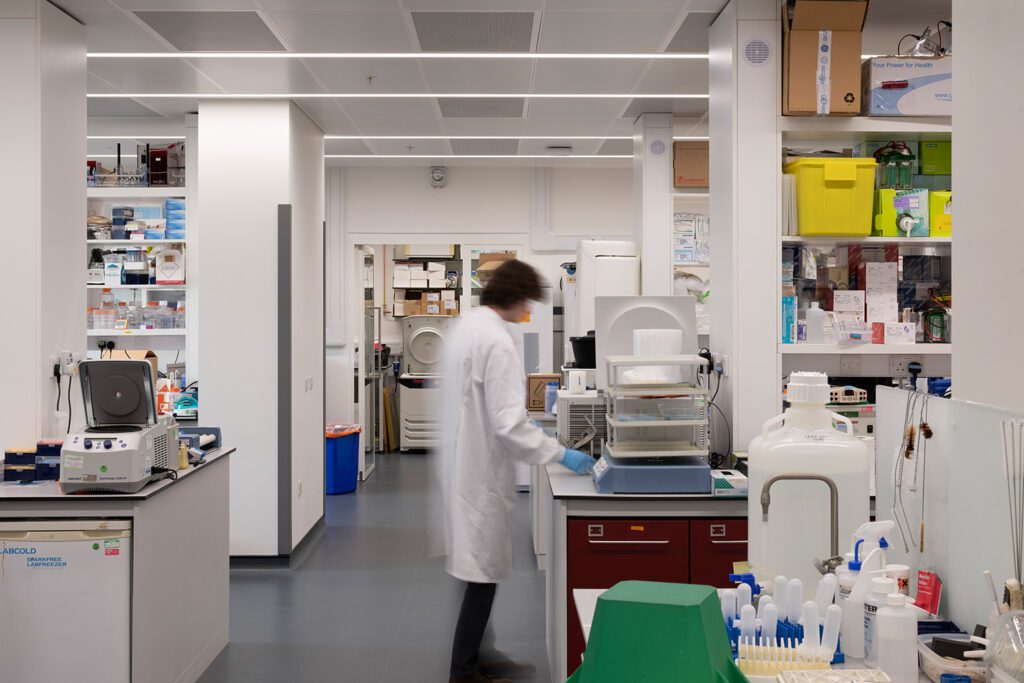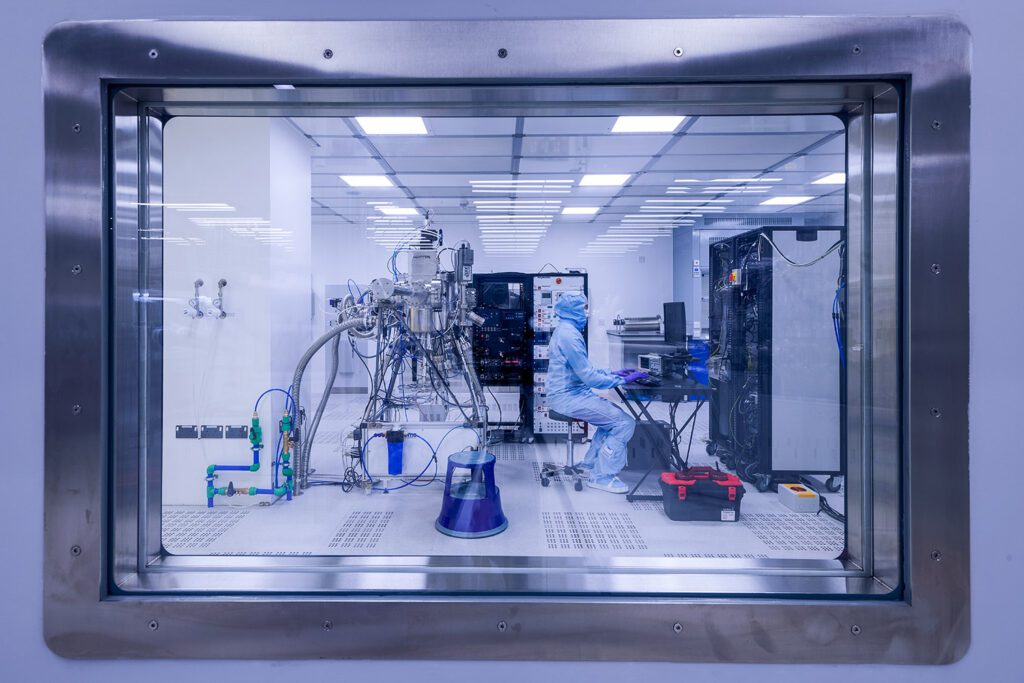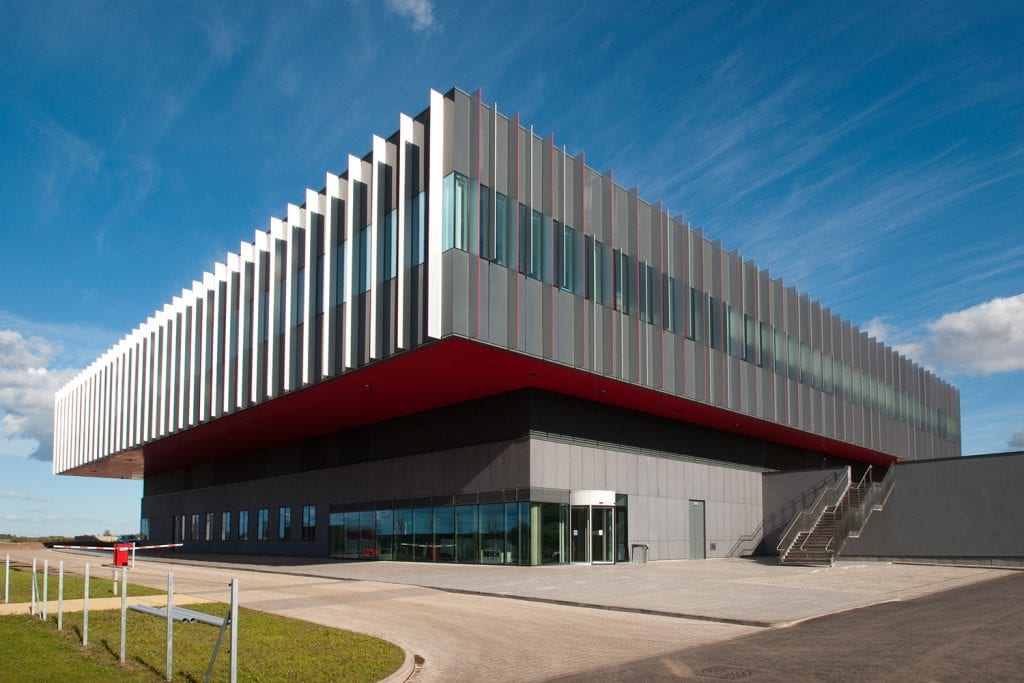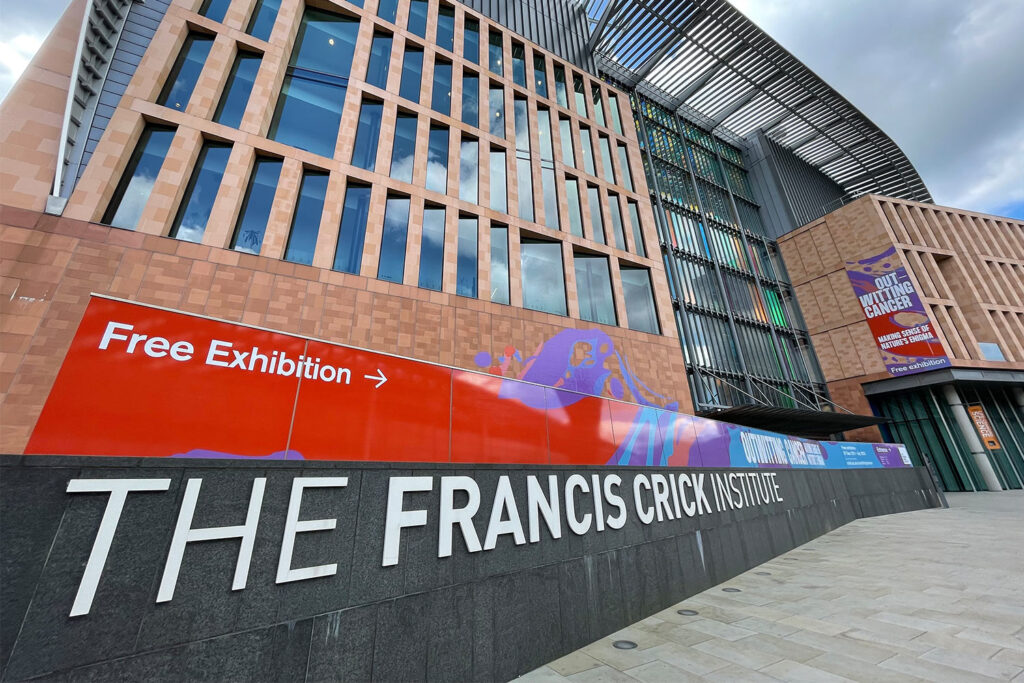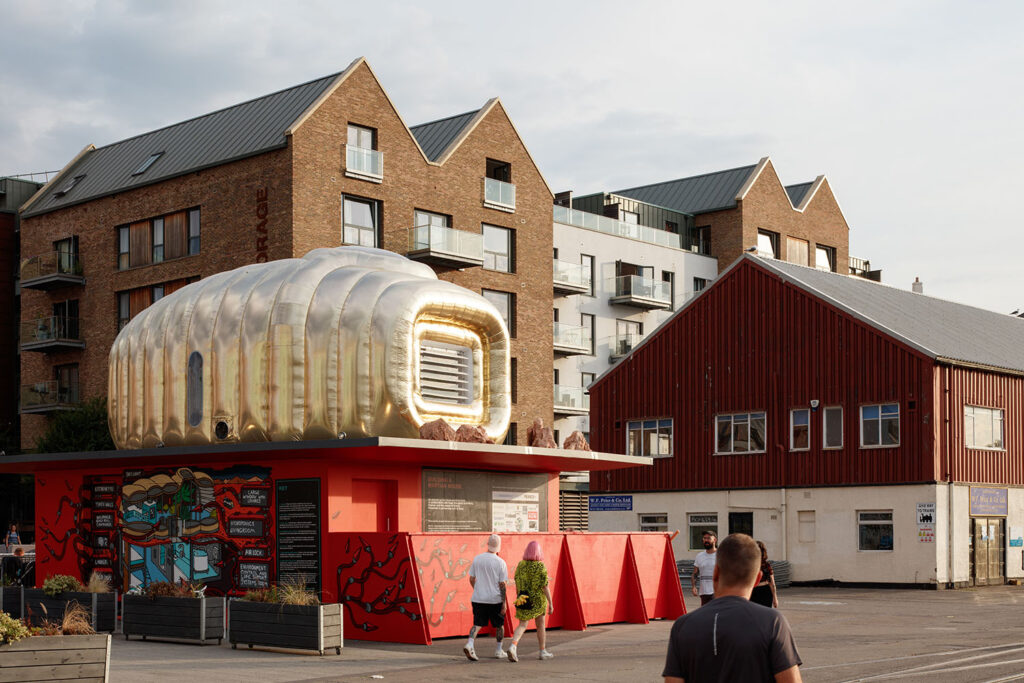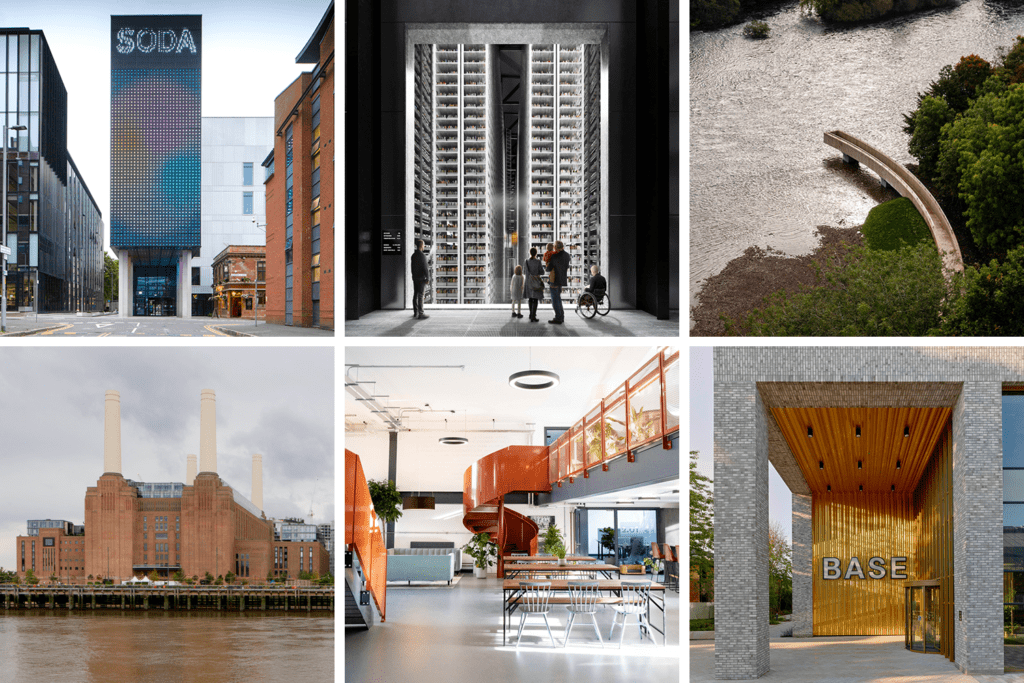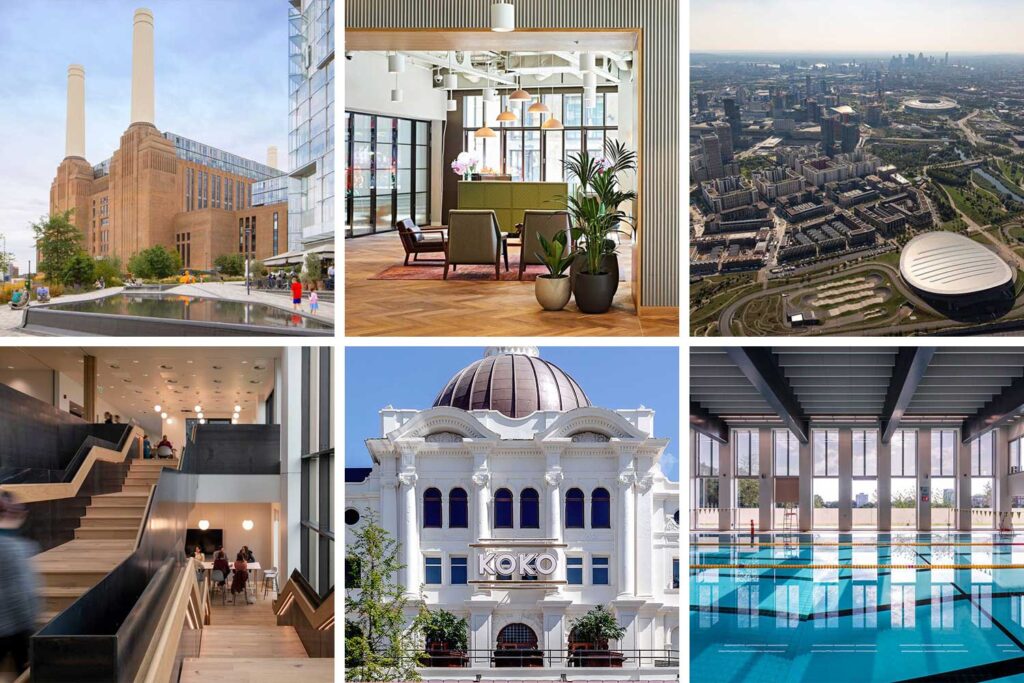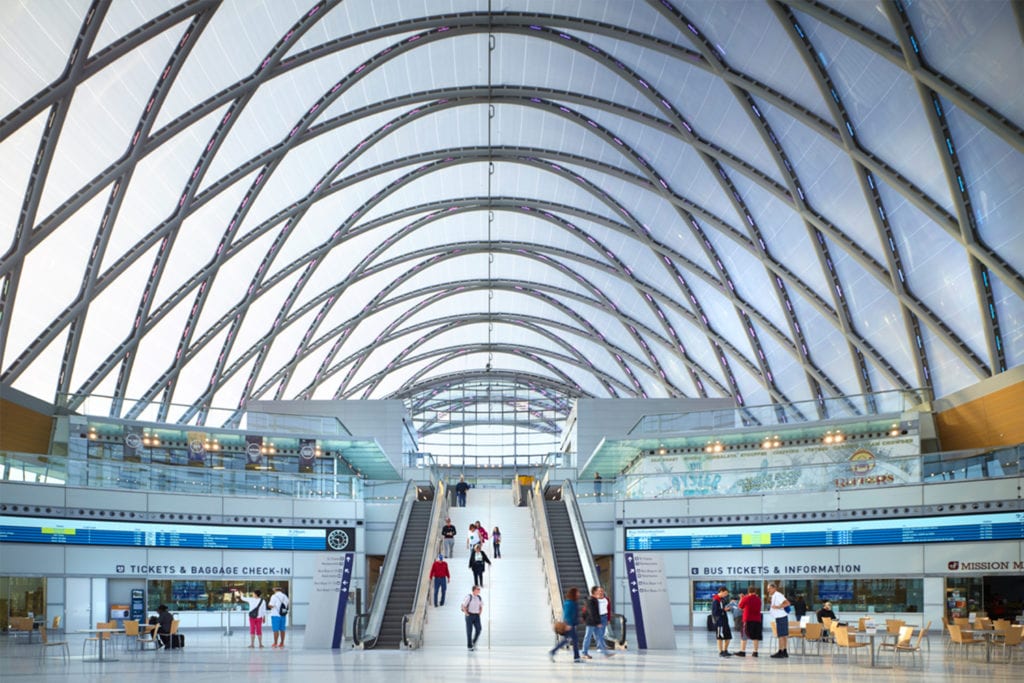HRH The Princess Royal officially opens the MRC’s London Institute of Medical Sciences
The Medical Research Council’s London Institute of Medical Sciences (LMS) recently had its official opening. We were proud to be part of the invited guests for the Royal opening of this cutting edge facility.
Buro Happold was involved in the £120m project between 2017-2022, providing multi-disciplinary engineering services including vibration, structural, acoustic, and building services (MEP) engineering. We worked with multiple stakeholders across the project, over 45 research groups. Our experience of multi-stakeholder engagement on complex projects was of key importance for the wider design team.
It was a great honour to meet and talk with HRH The Princess Royal
Thomas Cosker, Buro Happold
Discussing the official opening, Thomas Cosker, Associate, Buro Happold, who attended the event as part of the ‘design, build and architecture’ group, said: “I was delighted to represent Buro Happold having been heavily involved in the project since the early design stages. “It was a great honour to meet and talk with HRH The Princess Royal about the success of the building and its sustainability credentials.”

The London Institute of Medical Sciences was first opened in 1970 by the Queen when it was located in Harrow at Northwick Park Hospital, before it moved to its new location as part of the Imperial College London Hammersmith campus.
HRH The Princess Royal was shown around the key facilities in the new institute, including the ‘fly lab’ where researchers explore how the environment changes gene expression in the fruit fly. HRH also unveiled a plaque and had discussions with various members of the project team, including Buro Happold, to find out more about this state-of-the-art medical facility.
HRH also commented on the energy efficiency of the building, and the complicated ventilation systems – two of the building’s key features.
The event was a great opportunity to reunite with members of the project team, as well as the users that we engaged with during the design stages
Thomas Cosker, Buro Happold
Thomas, discussing the event, said: “The event was also a great opportunity to reunite with members of the project team, as well as the users that we engaged with during the design stages.
“It was a pleasure to hear from them about how they use and enjoy the building and the positive impact it is having on the collaborative approach to their work.”

Collaboration was at the heart of this incredible project, housing 400 scientists and bringing together all of the research groups under the umbrella of the Medical Research Council – which has been undertaking world-class medical research for more than a hundred years and is credited with many life-changing discoveries.
The 12,500m2 building is located at Hammersmith Hospital and is a multi-use space consisting of laboratories, social spaces, cafes, medical imaging and more, all centred around a stunning feature staircase.

Our new building’s design fosters an environment highly suited to team science that transcends disciplinary boundaries
Professor Wiebke Arlt, Director, MRC LMS
Professor Wiebke Arlt, Director of MRC LMS, said: “We were delighted to welcome The Princess Royal to MRC LMS.
“Our new building’s design fosters an environment highly suited to team science that transcends disciplinary boundaries, bringing together clinical and non-clinical scientists in a shared space designed for collaboration, training and mentorship.
“By actively welcoming people from our local community, organising public lectures and participating in community events, the laboratory is also fostering collaboration beyond its walls.
“We will continue to build bridges between our scientists and the public, enabling a better understanding of complex issues.
“Our researchers also actively visit our local communities and schools to share our research, demonstrating the LMS’ societal impact through education and engagement.”
